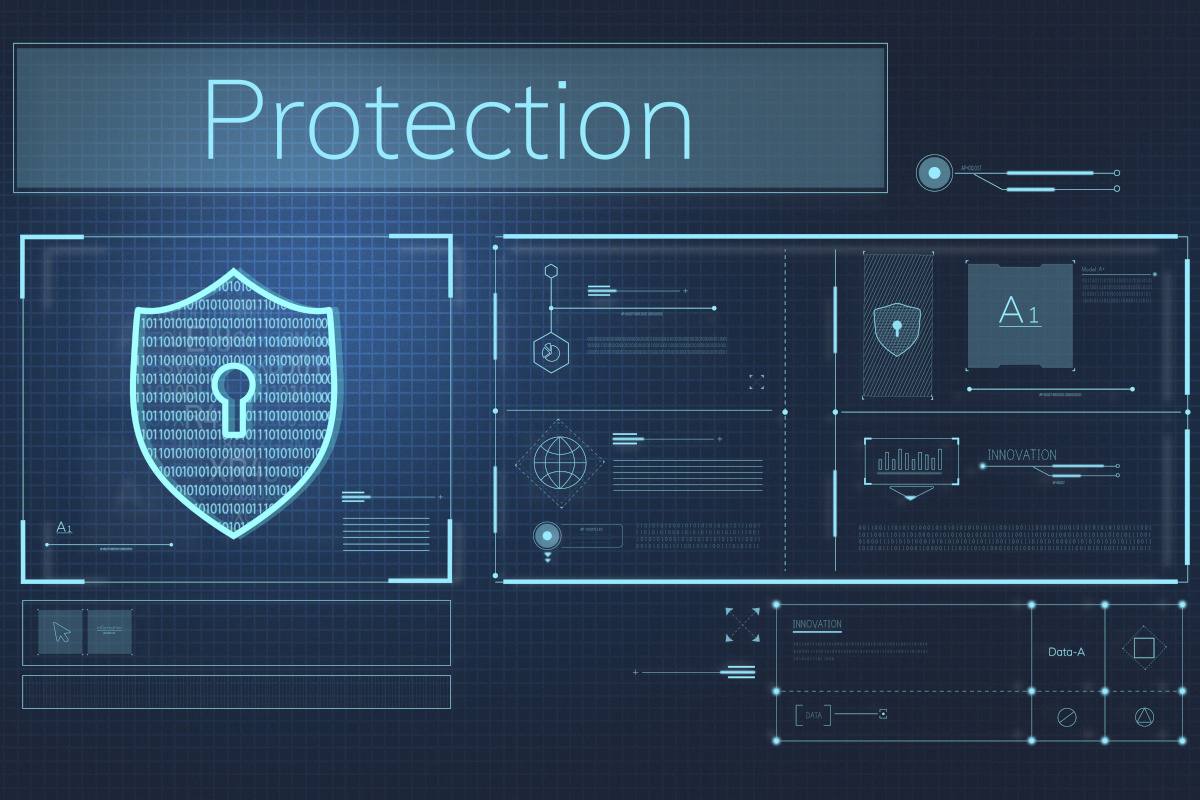Empowering Your Workforce: The Critical Importance of Security Awareness Training
September 16th, 2025 by admin

While robust security systems and advanced technologies play a crucial role in protecting valuable data and network infrastructure, there's one often overlooked aspect that can make or break an organization's cybersecurity efforts: the human factor. This is where Security Awareness Training for Employees comes into play, serving as a powerful tool to transform your workforce into a formidable line of defense against cyber threats.
Understanding Security Awareness Training
Security Awareness Training for Employees is a structured, comprehensive program designed to educate staff members about the latest cybersecurity threats and equip them with the knowledge and skills to mitigate these risks effectively. Conducted by seasoned IT professionals who are well-versed in the ever-evolving threat landscape, these training sessions serve as a critical component in fortifying an organization's overall security posture.
The Tangible Benefits of Security Awareness Training
When implemented correctly, Security Awareness Training yields numerous benefits that significantly enhance an organization's resilience against cyber attacks:
- Reduced risk of data breaches and network compromises
- Enhanced ability to recognize and report phishing attempts
- Improved password hygiene and management practices
- Increased overall cybersecurity awareness among employees
- Better compliance with industry regulations and standards
Key Components of Effective Security Awareness Training
A well-rounded Security Awareness Training program should cover several critical areas to ensure employees are prepared to face various cyber threats:
1. Phishing Attack Recognition
Phishing remains one of the most prevalent and successful attack vectors for cybercriminals. Through hands-on exercises and real-world examples, employees learn to identify telltale signs of phishing emails, such as suspicious sender addresses, urgent requests for sensitive information, and deceptive links or attachments.
2. Safe Password Practices
Despite repeated warnings, weak passwords continue to be a significant vulnerability for many organizations. Training sessions educate employees on creating strong, unique passwords, the importance of regular password changes, and the benefits of using password managers.
3. Social Engineering Awareness
Cybercriminals often exploit human psychology to gain unauthorized access to systems or data. Security Awareness Training helps employees recognize common social engineering tactics, such as impersonation, pretexting, and baiting, empowering them to respond appropriately to these manipulative techniques.
4. Safe Internet Browsing Habits
With the increasing reliance on web-based applications and services, employees must understand the risks associated with careless internet browsing. Training covers topics like identifying secure websites, avoiding suspicious downloads, and the importance of keeping software and browsers up-to-date.
5. Mobile Device Security
As remote work becomes more prevalent, securing mobile devices is crucial. Employees learn best practices for protecting company data on smartphones and tablets, including the use of encryption, secure Wi-Fi connections, and proper device management.
The Role of Continuous Learning and Reinforcement
Cybersecurity threats are constantly evolving, making ongoing education and reinforcement essential. A one-time training session is not sufficient to keep employees vigilant and informed. Instead, organizations should implement a continuous learning approach that includes:
- Regular refresher courses and updates on new threats
- Simulated phishing exercises to test and reinforce learned skills
- Gamification elements to increase engagement and retention
- Clear communication channels for reporting suspicious activities
- Periodic assessments to measure the effectiveness of the training program
Customizing Security Awareness Training for Your Organization
While there are general best practices in cybersecurity, every organization faces unique challenges and risks. Tailoring your Security Awareness Training program to address your specific industry, regulatory requirements, and organizational culture is crucial for maximum effectiveness. This may involve:
1. Conducting a thorough risk assessment to identify your organization's specific vulnerabilities
2. Developing training modules that align with your company's policies and procedures
3. Incorporating real-world examples and scenarios relevant to your industry
4. Adapting the training delivery method to suit your workforce's preferences and learning styles
Measuring the Success of Your Security Awareness Training
To ensure your Security Awareness Training program is delivering the desired results, it's essential to establish metrics and regularly evaluate its effectiveness. Some key performance indicators to consider include:
1. Reduction in successful phishing attempts during simulated exercises
2. Decrease in the number of reported security incidents
3. Improved scores on cybersecurity knowledge assessments
4. Increased reporting of suspicious activities by employees
5. Enhanced overall security posture as measured by vulnerability scans and penetration tests
Conclusion: Empowering Your Human Firewall
In an age where cyber threats are becoming increasingly sophisticated and prevalent, organizations cannot afford to overlook the importance of Security Awareness Training for Employees. By investing in comprehensive, ongoing education and empowering your workforce with the knowledge and skills to recognize and mitigate cyber risks, you're not just protecting your data and systems – you're cultivating a culture of cybersecurity awareness that permeates every aspect of your organization.
Remember, your employees are not just potential vulnerabilities; they are your most valuable assets in the fight against cybercrime. With proper Security Awareness Training, you can transform your workforce into a human firewall, creating a resilient and secure environment that can withstand the evolving challenges of the digital age.
Contact TOTLCOM to learn more.
Posted in: Network Security
